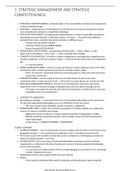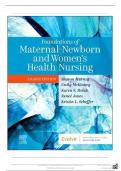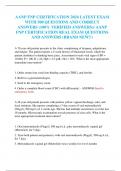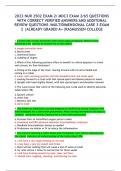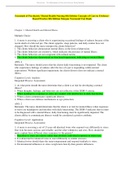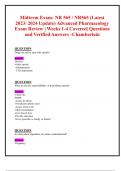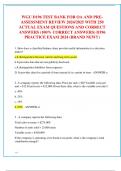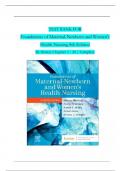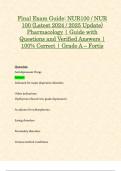Samenvatting
SUMMARY for strategic management course - Strategic Management: Competitiveness and Globalization, Concepts and Cases, ISBN: 9780324655599 Strategic Management (6012B0430Y)
- Instelling
- Universiteit Van Amsterdam (UvA)
1. STRATEGIC MANAGEMENT AND STRATEGIC COMPETITIVENESS 2. THE EXTERNAL ENVIRONMENT 3. INTERNAL ORGANIZATION: RESOURCES, CAPABILITIES, CORE COMPETENCIES AND COMPETITIVE ADVANTAGES 4. INTEGRATION OF RESOURCES 5. BUSINESS-LEVEL STRATEGY 7. CORPORATE-LEVEL STRATEGY 11. STRATEGIC LEADERSHIP 12. CO...
[Meer zien]
